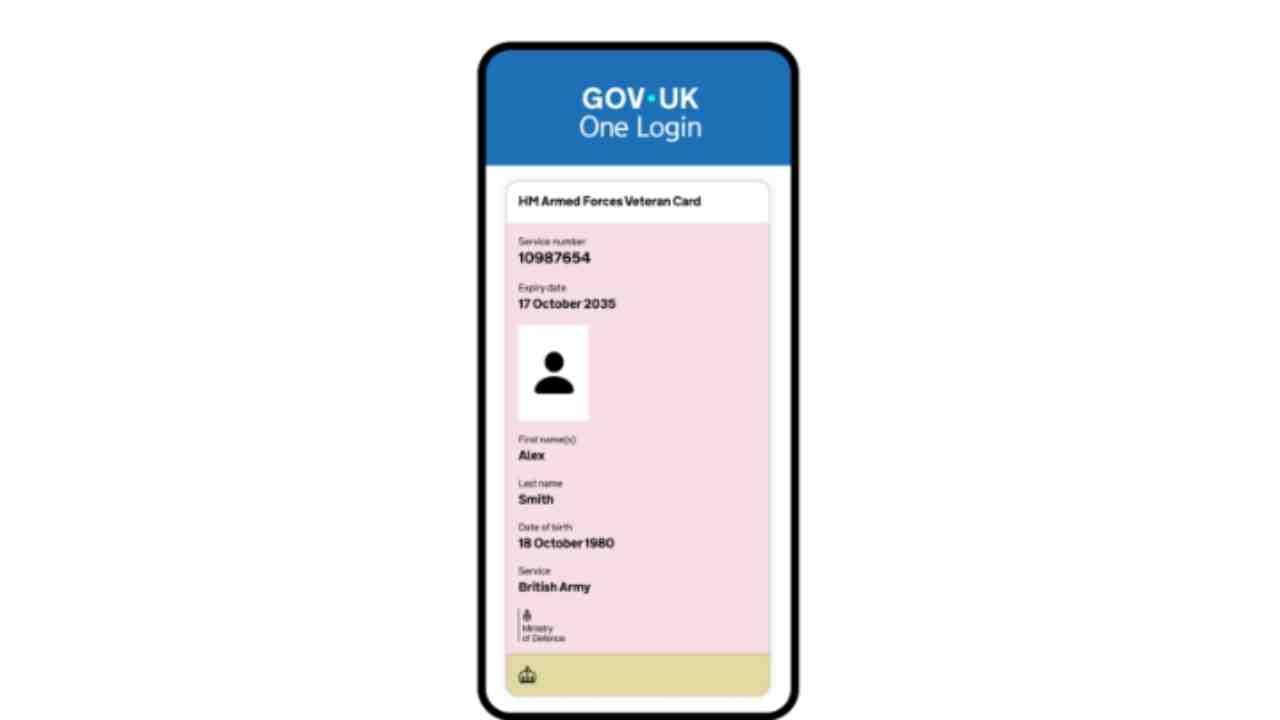Starting today, former members of the armed forces can access digital veteran cards — marking the first phase in the UK government’s plan to digitise nearly all forms of identification.
This initiative is separate from the recently announced “mandatory” right-to-work checks, though both are part of the broader effort to make government-issued IDs available on smartphones by the end of 2027. Eventually, passports, driving licences, national insurance cards, and other IDs will be accessible digitally, reducing the need to store paper copies at home.
At a launch event at the Tower of London, chosen to highlight the blend of historic tradition and digital innovation, Beefeaters proudly displayed their new virtual cards, joking about using them for food discounts. While there were a few technical hiccups—mainly due to poor internet—the overall response was positive.
Minister Ian Murray MP, who oversees the rollout, highlighted the convenience of digital IDs:
“We all use our smartphones for everyday life. This is about making it easier for citizens to access government services,” he said.
He added that this move will eliminate repetitive tasks like constantly entering personal details, allowing users to simply scan their phone instead.
How the system works
The end goal is to have all government documents stored in a secure digital wallet, similar to Apple Wallet or Google Wallet. The project is being developed internally by the Government Digital Service, part of the Department for Science, Innovation and Technology.
To address security concerns, the system uses a “federated” model—meaning each department keeps its own data. For instance, veteran records remain with the Ministry of Defence, driving licence data with the DVLA, and passport details with the Passport Office.
Once verified, users can access their digital ID via biometric or PIN security on their phone. Future updates might allow contactless verification, such as tapping your phone to prove your age at shops.
The government hopes this will simplify paper-heavy processes like property purchases, border checks, and right-to-work verification.
The controversy
The debate stems from last month’s announcement of mandatory digital IDs for right-to-work checks, part of the government’s effort to tighten immigration controls. Critics, including Conservative MP David Davis, warn that this could lead to state overreach, calling it a system that could “digitally strip citizens naked.”
Opponents fear that once such infrastructure exists, future governments could expand its use in invasive ways.
Murray defended the policy, arguing that proof of work eligibility is already mandatory:
“This simply makes it faster and safer for both employees and employers,” he said.
He emphasized that the right-to-work ID is the only compulsory element, and that users could delete their digital ID afterward if they wish.
Ultimately, Murray insists the goal is to empower citizens and make interactions with the state smoother:
“The principle here is to make the relationship between the citizen and the state easier, with control of data staying in the hands of the citizen.”








.svg)


_4.jpg)